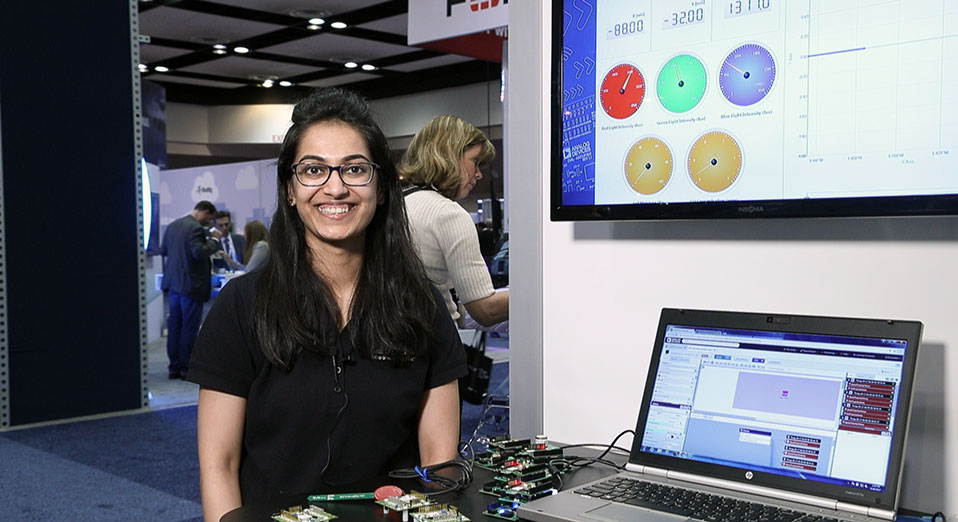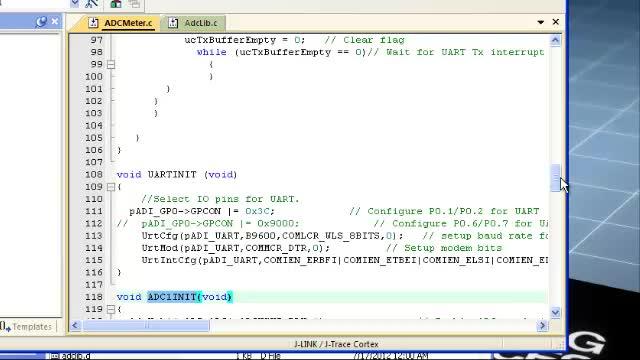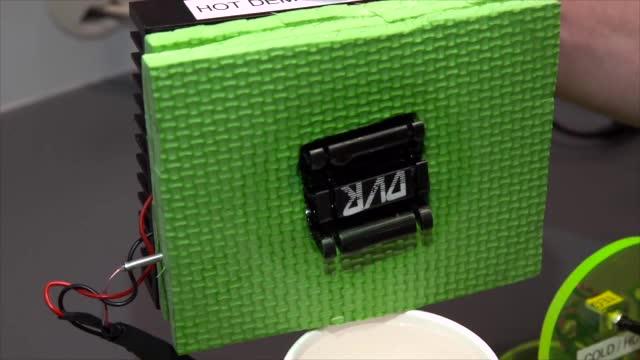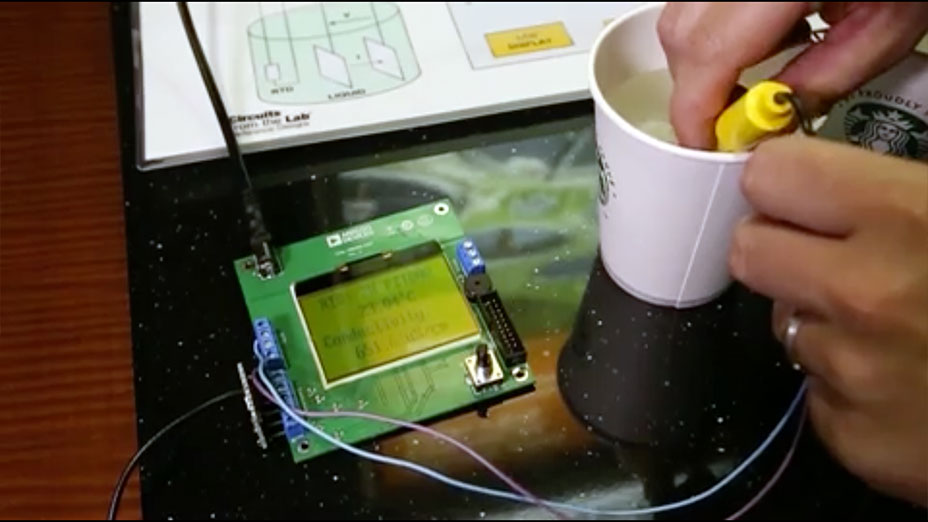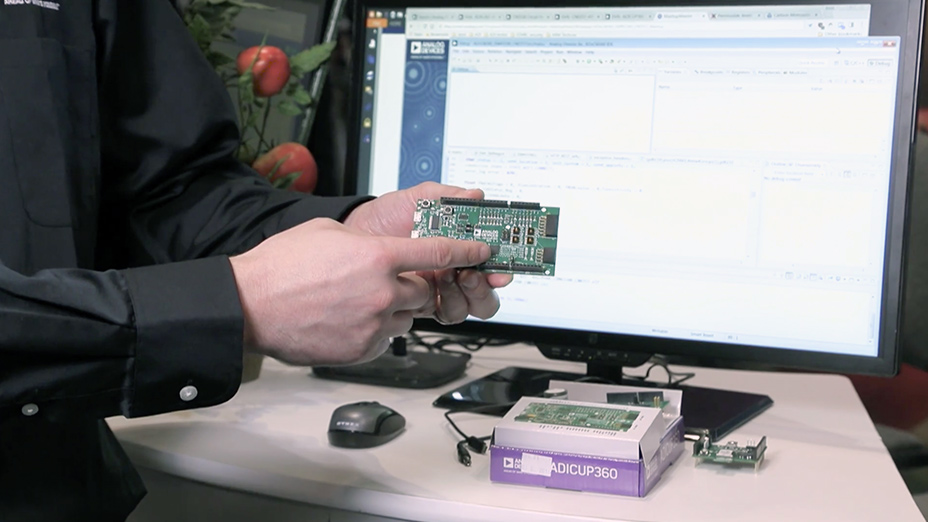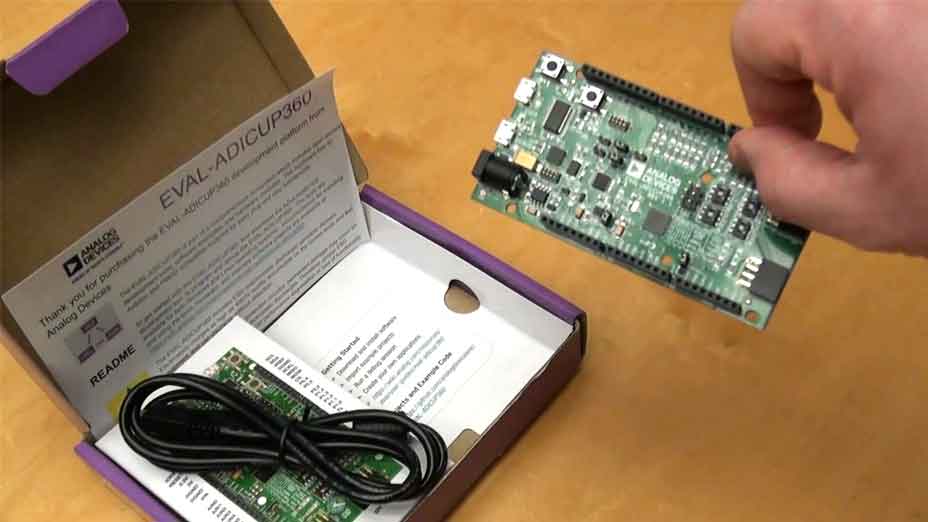ADUCM360
RECOMMENDED FOR NEW DESIGNS
Low power precision analog microcontroller, ARM cortex M3 with dual sigma-delta ADCs
- Part Models
- 2
- 1ku List Price
- Starting From $9.24
Overview
- Analog input/output
- Dual (24-bit) ADCs
- 6 differential or 12 single-ended input channels
- Programmable Gain Amplifiers (PGA) (1-128) for each ADC
- Flexible input MUX for input channel selection to both ADCs
- Buffers for external reference connection
- Programmable sensor excitation current sources
- On-chip precision voltage reference
- Single 12-bit voltage output DAC
- NPN mode for 4 mA to 20 mA loop applications
- Microcontroller
- ARM Cortex-M3 32-bit processor
- Serial wire download and debug
- Internal watch crystal for wakeup timer
- 16 MHz oscillator with 8-way programmable divider
- Memory
- 128 kB Flash/EE Memory, 8k Bytes SRAM
- In-circuit debug/download via Serial Wire and UART
- Power
- Operates directly from a 3.0V battery
- Power consumption
- MCU Active Mode: Core consumes 290μA / MHz
- Active Mode: 1.0mA (All peripherals active), core operating at 500KHz
- Supply Range: 1.8V to 3.6V (max)
- Power down mode: 4μA (WU Timer Active)
- On-chip peripheral
- UART, I2C and 2 x SPI serial I/O
- 16-bit PWM controller
- 19-pin multifunction GPIO Port
- See data sheet for additional features
- Package and temperature range
- 48-lead LFCSP (7mm x 7mm) package –40°C to 125°C
- Development tools
- Low cost QuickStart Development System
- Third-party compiler and emulator tool support
- Multiple functional safety features for improved diagnostics
The ADuCM360 is a fully integrated, 3.9 kSPS, 24-bit data acquisition system that incorporates dual high performance, multichannel sigma-delta (Σ-Δ) analog-to-digital converters (ADCs), a 32-bit ARM Cortex™-M3 processor, and Flash/EE memory on a single chip. The ADuCM360 is designed for direct interfacing to external precision sensors in both wired and battery-powered applications. The ADuCM361 contains all the features of the ADuCM360 except that only one 24-bit Σ-Δ ADC (ADC1) is available.
The ADuCM360/ADuCM361 contain an on-chip 32 kHz oscillator and an internal 16 MHz high frequency oscillator. The high frequency oscillator is routed through a programmable clock divider from which the operating frequency of the processor core clock is generated. The maximum core clock speed is 16 MHz; this speed is not limited by operating voltage or temperature.
The microcontroller core is a low power ARM Cortex-M3 processor, a 32-bit RISC machine that offers up to 20 MIPS peak performance. The Cortex-M3 processor incorporates a flexible, 11-channel DMA controller that supports all wired communica-tion peripherals (SPI, UART, and I2C). Also integrated on chip are 128 kB of nonvolatile Flash/EE memory and 8 kB of SRAM.
The analog subsystem consists of dual ADCs, each connected to a flexible input mux. Both ADCs can operate in fully differential and single-ended modes. Other on-chip ADC features include dual programmable excitation current sources, diagnostic current sources, and a bias voltage generator of AVDD_REG/2 (900 mV) to set the common-mode voltage of an input channel. A low-side internal ground switch is provided to allow power-down of an external circuit (for example, a bridge circuit) between conversions.
The ADCs contain two parallel filters: a sinc3 or sinc4 filter in parallel with a sinc2 filter. The sinc3 or sinc4 filter is used for precision measurements. The sinc2 filter is used for fast measure-ments and for the detection of step changes in the input signal.
The devices contain a low noise, low drift internal band gap ref-erence, but they can be configured to accept one or two external reference sources in ratiometric measurement configurations. An option to buffer the external reference inputs is provided on chip. A single-channel buffered voltage output DAC is also provided on chip.
The ADuCM360/ADuCM361 integrate a range of on-chip peripherals, which can be configured under microcontroller software control as required in the application. The peripherals include UART, I2C, and dual SPI serial I/O communication controllers; a 19-pin GPIO port; two general-purpose timers; a wake-up timer; and a system watchdog timer. A 16-bit PWM controller with six output channels is also provided.
The ADuCM360/ADuCM361 are specifically designed to operate in battery-powered applications where low power operation is critical. The microcontroller core can be configured in a normal operating mode that consumes 290 μA/MHz (including flash/ SRAM IDD). An overall system current consumption of 1 mA can be achieved with both ADCs on (input buffers off), PGA gain of 4, one SPI port on, and all timers on.
The ADuCM360/ADuCM361 can be configured in a number of low power operating modes under direct program control, including a hibernate mode (internal wake-up timer active) that consumes only 4 μA. In hibernate mode, peripherals such as external interrupts or the internal wake-up timer can wake up the device. This mode allows the part to operate with ultralow power and still respond to asynchronous external or periodic events.
APPLICATIONS
- Industrial automation and process control
- Intelligent precision sensing systems
- 4 mA to 20 mA loop-powered smart sensor systems
- Medical devices, patient monitoring
Documentation
Data Sheet 2
User Guide 3
Application Note 7
Technical Articles 7
Informational 1
Frequently Asked Question 1
Video 7
Circuit Note 7
Analog Dialogue 4
Webcast 3
ADI has always placed the highest emphasis on delivering products that meet the maximum levels of quality and reliability. We achieve this by incorporating quality and reliability checks in every scope of product and process design, and in the manufacturing process as well. "Zero defects" for shipped products is always our goal. View our quality and reliability program and certifications for more information.
| Part Model | Pin/Package Drawing | Documentation | CAD Symbols, Footprints, and 3D Models |
|---|---|---|---|
| ADUCM360BCPZ128 | 48-Lead LFCSP (7mm x 7mm x 0.85mm w/ EP) | ||
| ADUCM360BCPZ128-R7 | 48-Lead LFCSP (7mm x 7mm x 0.85mm w/ EP) |
| Part Models | Product Lifecycle | PCN |
|---|---|---|
|
Feb 25, 2025 - 25_0054 Gold wire to Copper wire Conversion (Notification) |
||
| ADUCM360BCPZ128 | PRODUCTION | |
| ADUCM360BCPZ128-R7 | PRODUCTION | |
|
Jul 28, 2017 - 17_0125 ADuCM360/361 Minor Metal Mask Edit |
||
| ADUCM360BCPZ128 | PRODUCTION | |
| ADUCM360BCPZ128-R7 | PRODUCTION | |
|
May 9, 2016 - 16_0095 ADuCM360/ADuCM361 ESD Rating and DAC Interpolation Mode Data Sheet Specification Change |
||
| ADUCM360BCPZ128 | PRODUCTION | |
| ADUCM360BCPZ128-R7 | PRODUCTION | |
|
Aug 6, 2014 - 13_0232 Assembly and Test Transfer of Select 6x6 and 7x7mm LFCSP Products to STATS ChipPAC China |
||
| ADUCM360BCPZ128 | PRODUCTION | |
| ADUCM360BCPZ128-R7 | PRODUCTION | |
|
Jul 7, 2014 - 14_0163 Data Sheet & Silicon Anomaly Sheet updates for ADuC7023, ADuC7121, ADuC7122, ADuC7124/6, ADuC7060/61, ADuCM360/1, ADuCM350 product |
||
| ADUCM360BCPZ128 | PRODUCTION | |
| ADUCM360BCPZ128-R7 | PRODUCTION | |
|
Nov 28, 2012 - 12_0306 ADuCM360/ADuCM361 Kernal Revision |
||
| ADUCM360BCPZ128 | PRODUCTION | |
| ADUCM360BCPZ128-R7 | PRODUCTION | |
This is the most up-to-date revision of the Data Sheet.
Software Resources
Evaluation Software 1
Download Software - Analog Devices ADuCM36x Device Support and Examples
Can't find the software or driver you need?
Hardware Ecosystem
| Parts | Product Life Cycle | Description |
|---|---|---|
| ADC/DAC Combo Converters 2 | ||
| AD5700 | PRODUCTION | Low Power HART Modem |
| AD5700-1 | PRODUCTION | Low Power HART Modem with Precision Internal Oscillator |
| Analog to Digital Converters (ADCs) 1 | ||
| ADT7410 | PRODUCTION | ±0.5°C Accurate, 16-Bit Digital I2C Temperature Sensor |
| Digital to Analog Converters (DACs) 3 | ||
| AD5421 | PRODUCTION | 16-Bit, Serial Input, Loop-Powered, 4mA to 20mA DAC |
| AD5412 | PRODUCTION | Single Channel, 12-Bit, Current Source & Voltage Output DAC, HART Connectivity |
| AD5422 | PRODUCTION | Single Channel, 16-Bit, Current Source & Voltage Output DAC, HART Connectivity |
| Interface Transceivers & Isolators 3 | ||
| ADM3202 | PRODUCTION | High-Speed, 2-Channel RS232/V.28 Interface Devices |
| ADUM3160 | PRODUCTION | Full/Low Speed USB Digital Isolator |
| ADUM4160 | PRODUCTION | Full/Low Speed USB Digital Isolator |
| LDO Linear Regulators 1 | ||
| ADP1720 | PRODUCTION | 50 mA, High Voltage, Micropower Linear Regulator |
Tools & Simulations
Design Tool 3
Sigma-Delta ADC Tutorial
An interactive illustration showing the behavior of an idealized sigma-delta A/D converter.
Open Tool
